Comprehensive Foundation Leveling Options
Foundations can experience settlement over time due to soil movement, moisture changes, or other environmental factors. This settlement can cause uneven surfaces, cracks, and structural stress in residential or commercial structures. Addressing foundation issues promptly helps maintain stability and prevent further damage.
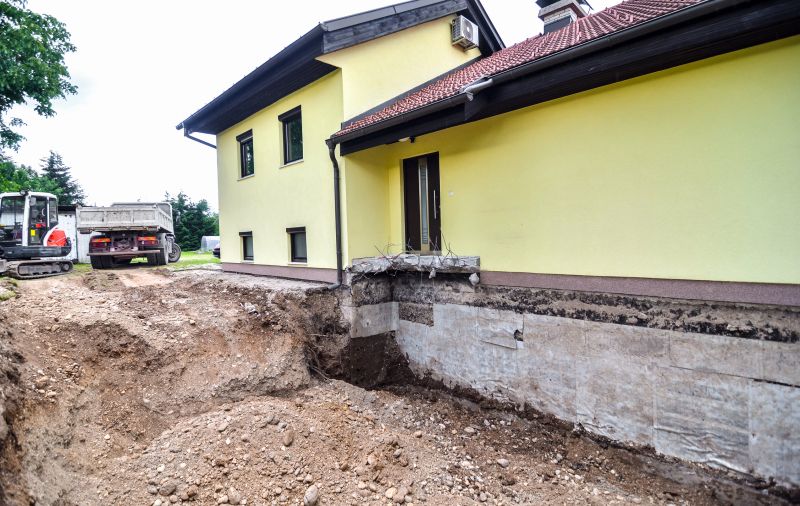
Visual representation of a foundation experiencing uneven settling and the resulting structural shifts.
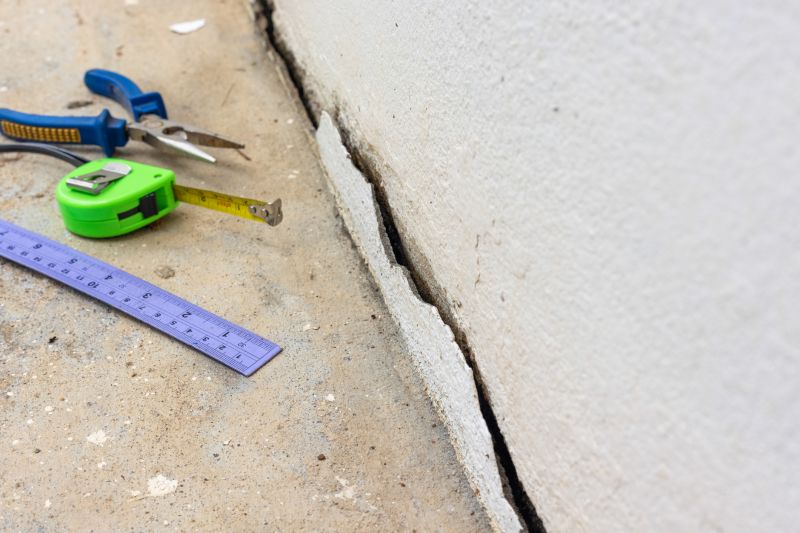
Cracks can develop as a result of shifting soil and foundation movement, impacting the integrity of the structure.
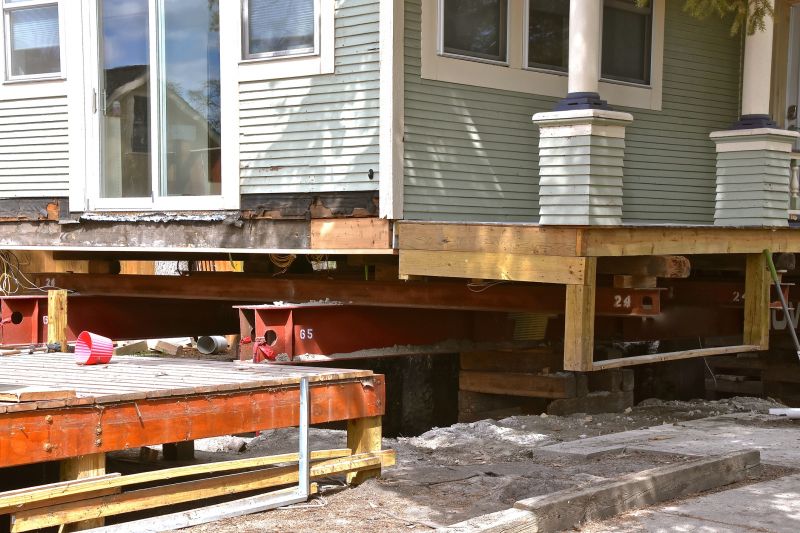
An overview of foundation lifting and leveling techniques used to restore stability.
Foundation sinking or settling can lead to uneven floors, cracked walls, and compromised structural integrity. These issues may worsen over time if not addressed, increasing repair costs and safety concerns. Foundation specialists conduct thorough inspections to assess the extent of settlement and determine the appropriate repair methods.
Foundation experts evaluate the structure to identify signs of settling, cracks, and other damage indicators.
Methods such as hydraulic jacking and mudsill stabilization are used to lift and level the foundation.
Proper drainage, soil stabilization, and moisture control help prevent future settlement issues.
Foundation lifting involves raising the structure to its original position, correcting unevenness and cracks. This process often includes the placement of piers or jacks to evenly distribute weight and stabilize the foundation. Regular inspections after repair can help monitor foundation health and prevent further issues.
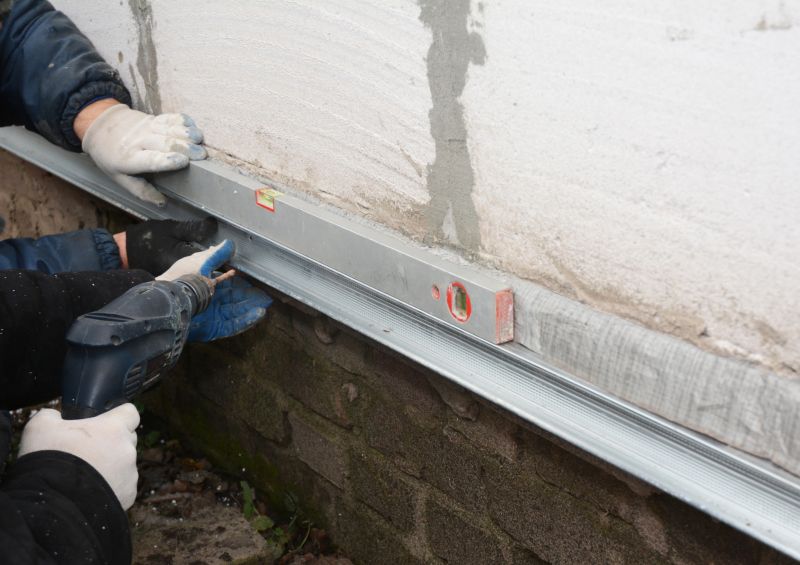
Specialized equipment used to raise and level the foundation safely.
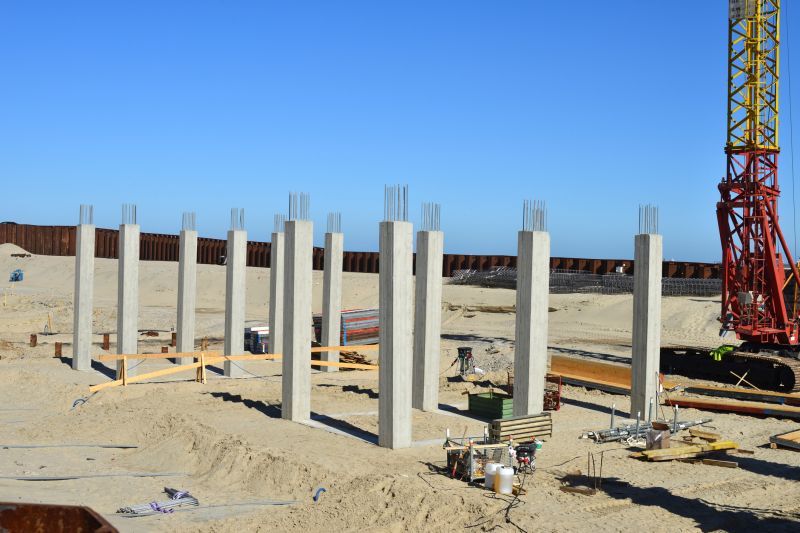
Piers are installed beneath the foundation to provide support and prevent future sinking.
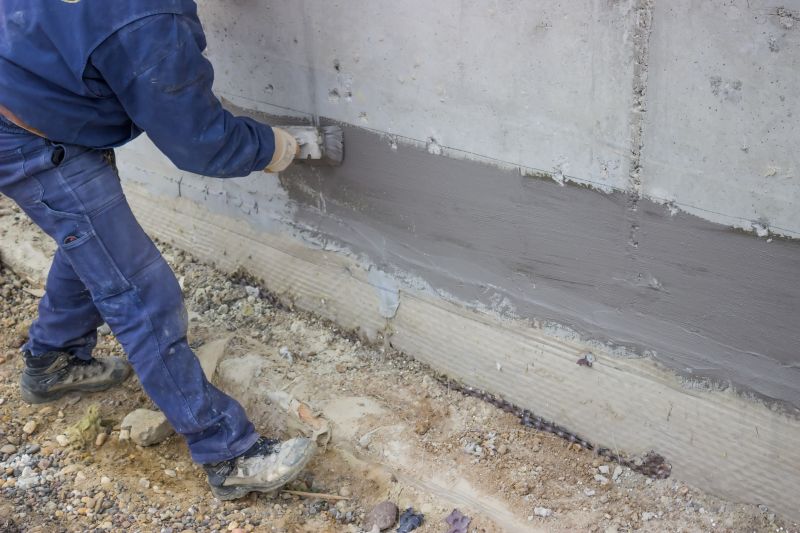
Cracks are sealed to restore structural integrity and prevent water infiltration.
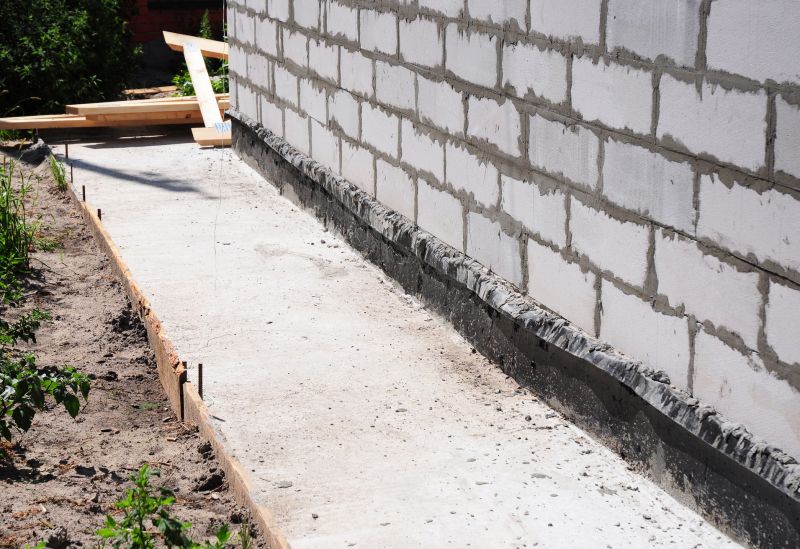
Final stabilization ensures the foundation remains level and secure.
Foundation specialists utilize advanced techniques and equipment to lift and stabilize foundations effectively. Proper repair methods help restore the original alignment, minimize structural stress, and protect against future settlement. A comprehensive inspection ensures that all underlying issues are addressed during the repair process.
| Foundation Issue | Potential Damage |
|---|---|
| Uneven Floors | Sagging or cracked flooring, difficulty in door and window operation. |
| Wall Cracks | Structural stress, water intrusion, and aesthetic concerns. |
| Foundation Sinking | Increased risk of structural failure, misaligned doors and windows. |
| Soil Movement | Continued settlement, cracks, and shifting of the structure. |
| Moisture Imbalance | Soil expansion or contraction, leading to foundation movement. |
| Structural Stress | Potential for long-term damage and safety hazards. |
| Cracks in Walls | Water infiltration, mold growth, and further deterioration. |
| Uneven Surfaces | Trip hazards and difficulty in property use. |
Regular inspections and timely repairs can help maintain the stability of a foundation. Corrective measures such as lifting, underpinning, and crack sealing are essential to preserving the structural integrity of residential and commercial buildings.
For property owners in Portage, WI, understanding the importance of foundation maintenance and repair can prevent costly damages and ensure safety. Contact a foundation specialist today to schedule an inspection and discuss suitable leveling options for property stability.

